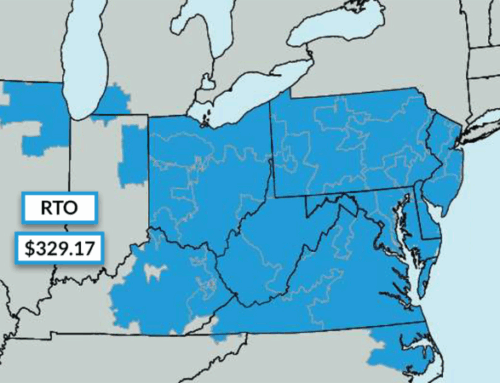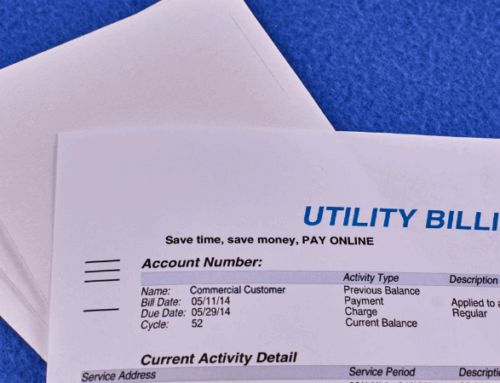Electric vehicles (EVs) are rapidly becoming a central pillar of consumer transportation in the U.S. Global EV sales continue to break records, driven by consumer demand, government incentives, and fleet electrification. While the environmental benefits are significant, EV adoption is reshaping the way our electrical grid operates. The rise in charging demand has ripple effects for commercial energy buyers, brokers, and grid operators who must anticipate shifts in load patterns and generation costs. EV growth is significantly impacting existing infrastructure and increasing the risk of transmission system stability. This article aims to outline how EV charging is affecting the electricity market and what consumers can do to offset rising costs as a result.
How EV Adoption Is Changing Grid Dynamics
The rapid rise of EVs has introduced entirely new load patterns to the grid. Most drivers tend to plug in their vehicles in the early evening after work, coinciding with existing residential peaks driven by lighting, appliances, and HVAC use. In many areas, EV ownership is also highly concentrated, affecting specific sections of the transmission system and driving up local congestion costs. This increase in peak demand intensifies stress on the grid, especially in neighborhoods with older infrastructure. These are some of the ways in which the electrical system is being impacted by EV charging demand.
Load Growth & Infrastructure Strain
Electric vehicles increase total electricity consumption, adding to the strain on transmission lines, substations, and transformers. Much of this infrastructure was not designed for today’s peak electric loads, let alone the additional demand from widespread EV charging. New transmission lines with larger capacity are required to keep up with demand growth.
Risk Of Unmanaged Charging
If EV owners and fleets all charge at the same time, especially during evening peaks, this unmanaged demand can cause voltage imbalance, and in extreme cases, rolling blackouts. Uncoordinated charging schedules also limit the ability to dispatch electric generation efficiently. These unknown demand factors are creating a great need for additional ancillary services, such as spinning and non-spinning resources.
Limited Fast Charging
While urban areas are seeing rapid charger deployment, many rural and suburban regions lag behind. As new EV charging infrastructure is developed in these rural areas, it is placing unpredictable stress on smaller distribution systems not intended for high-demand events.
Need For Grid Communication
Without standardized communication protocols between charging equipment and utility systems, it’s harder to implement grid-responsive strategies that benefit both drivers and utilities. EV chargers are connected to the grid at the distribution level, which is far removed from wholesale market planning, making understanding and predicting these loads even more challenging.
Opportunities To Modernize And Optimize
Many utilities, grid operators, and regulators alike are finding solutions to combat rising, unpredictable demand from EV charging stations. Here are some opportunities being actively pursued in many regions.
TOU Incentives
Smart charging systems can shift EV charging to off-peak hours when demand is low and renewable generation is plentiful. Utilities are increasingly offering specialized time-of-use (TOU) pricing tariffs to incentivize off-peak charging. This helps to flatten demand curves and delay costly infrastructure upgrades.
Vehicle-To-Grid (V2G) Capabilities
V2G technology transforms EVs into mobile energy storage units. During peak demand events, EV batteries can discharge power back into the grid, helping balance supply and demand while providing revenue opportunities for vehicle owners and fleet operators. While these programs are ideal in theory, they will require regulation and net metering legislation to allow them to come to fruition in many markets.
Solar Integration
Pairing EV charging with renewable generation maximizes the use of clean energy. For example, charging electric vehicles during mid-day solar peaks can significantly reduce stress on the electric system. Furthermore, in many regions where excess solar generation is clipped mid-day, this can be used to charge energy storage systems or EV batteries.
Demand Response For EV Charging
Demand response programs can coordinate EV charging with real-time grid conditions. By temporarily reducing or delaying charging during high-demand periods, participants can earn incentives while supporting grid reliability.
The Role of Brokers And Energy Buyers In A Changing Grid
Energy brokers and consultants have a critical role in helping clients anticipate the cost and operational impacts of EV adoption. For businesses electrifying their fleets or adding workplace charging, brokers can assess how the new charging load will affect the peak demand of the facility.
Understanding when and how EV charging will occur allows brokers to recommend hybrid energy rate structures, advise on participation in demand response programs, and integrate EV load forecasts into long-term hedging plans. By taking a proactive approach, brokers can turn potential risks into opportunities for clients to avoid excessive capacity costs.
Furthermore, EV charging stations can be a source of revenue for some commercial property owners. There are several programs in existence today that allow property owners to profit share in the revenue generated from the EV charger. These offers need to be evaluated carefully to understand the total cost of participation and potential upside for an end user.
Interested In Learning More?
The electric vehicle boom is transforming the grid as we know it. Without careful planning, unmanaged charging could strain infrastructure and drive up costs. For energy brokers and commercial energy consumers, understanding the intersection of EV adoption and grid dynamics is essential to developing an effective energy strategy. At Diversegy, we can help you navigate this changing landscape with data-driven insights and customized strategies for optimizing energy costs in the age of electrification. Contact our team today to learn more.



